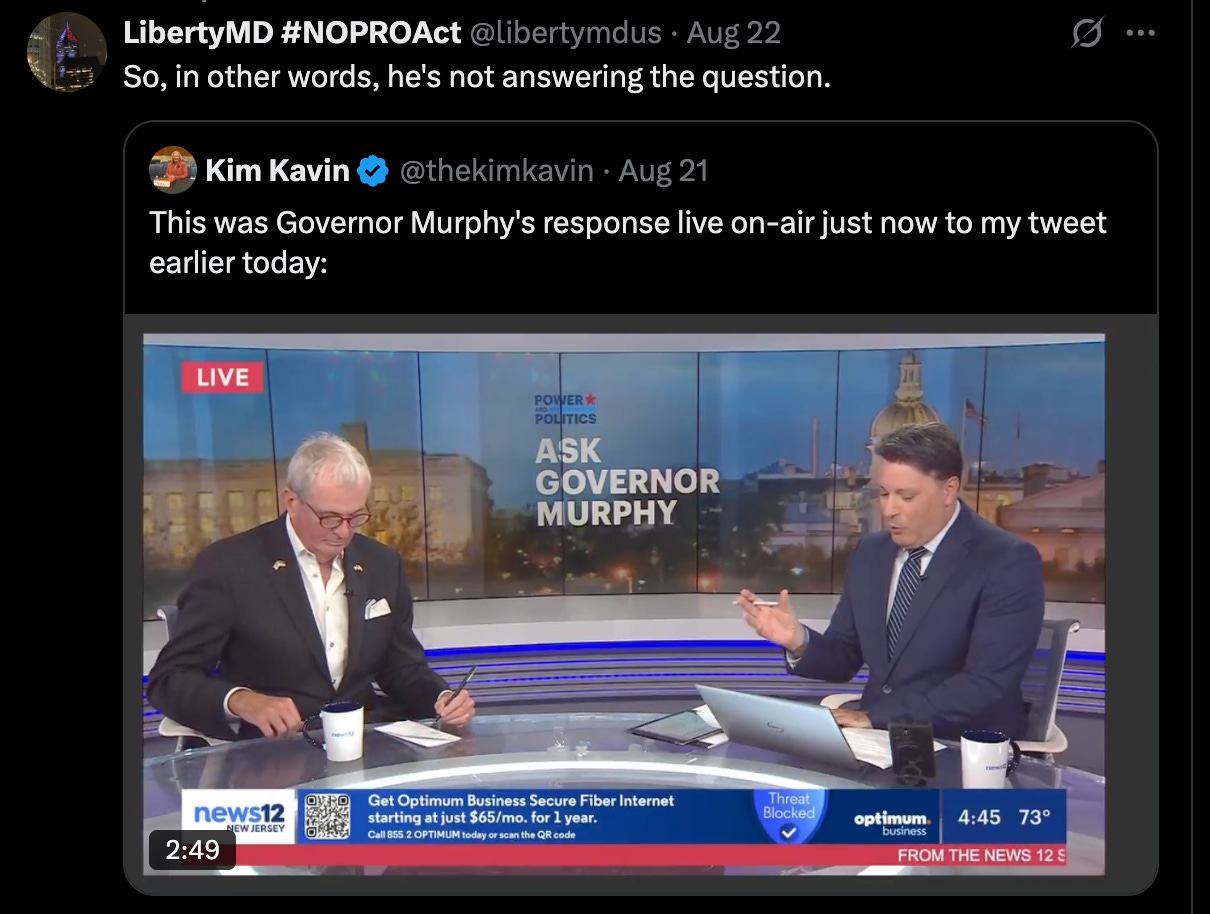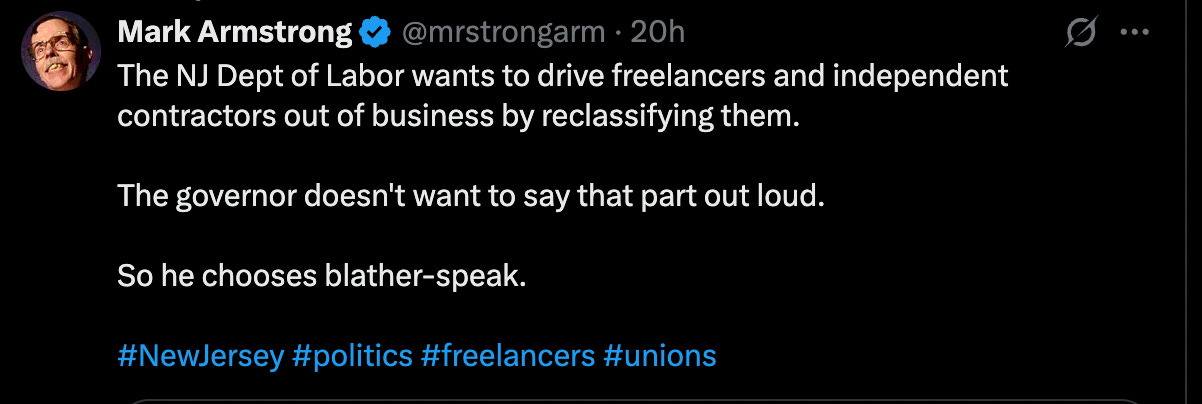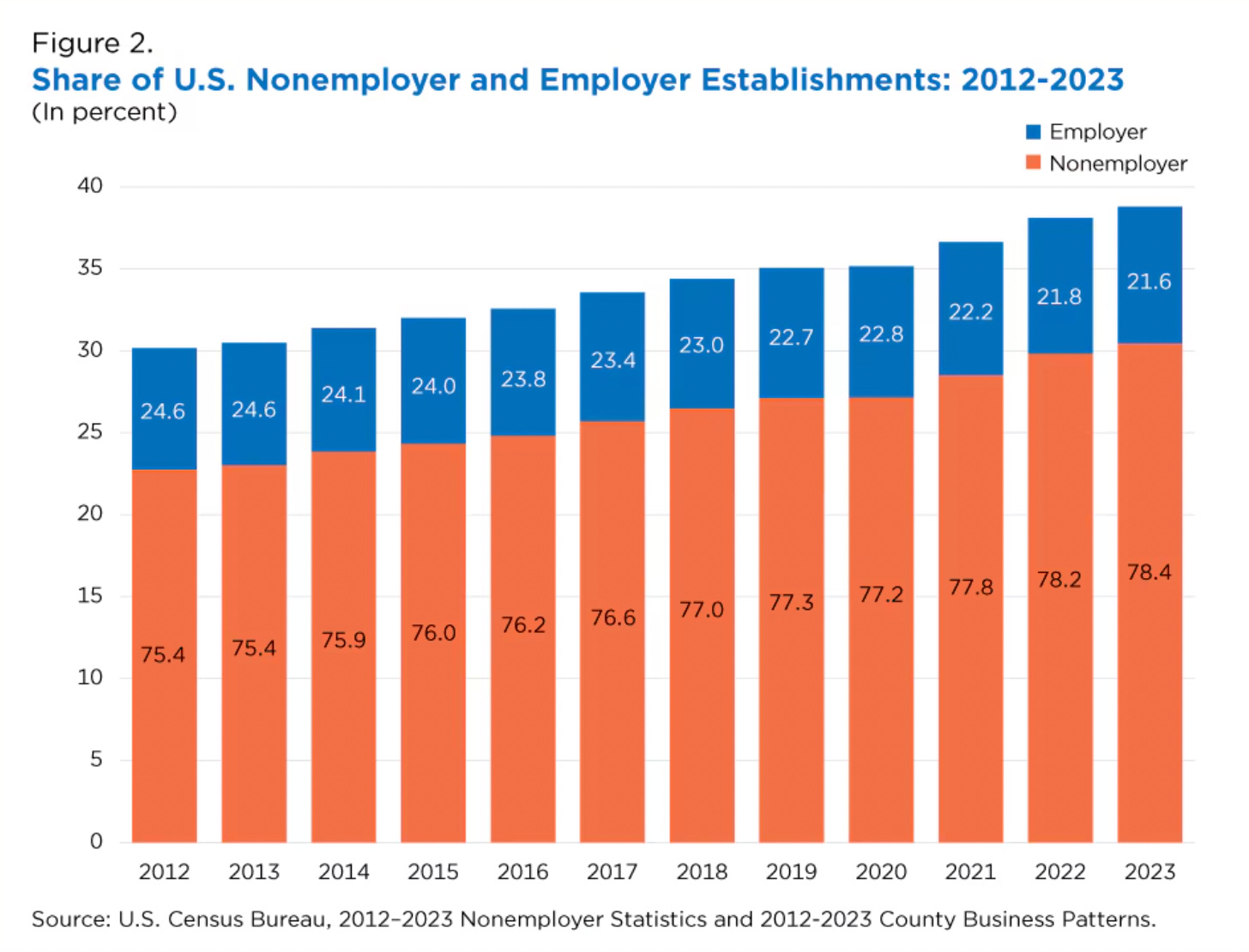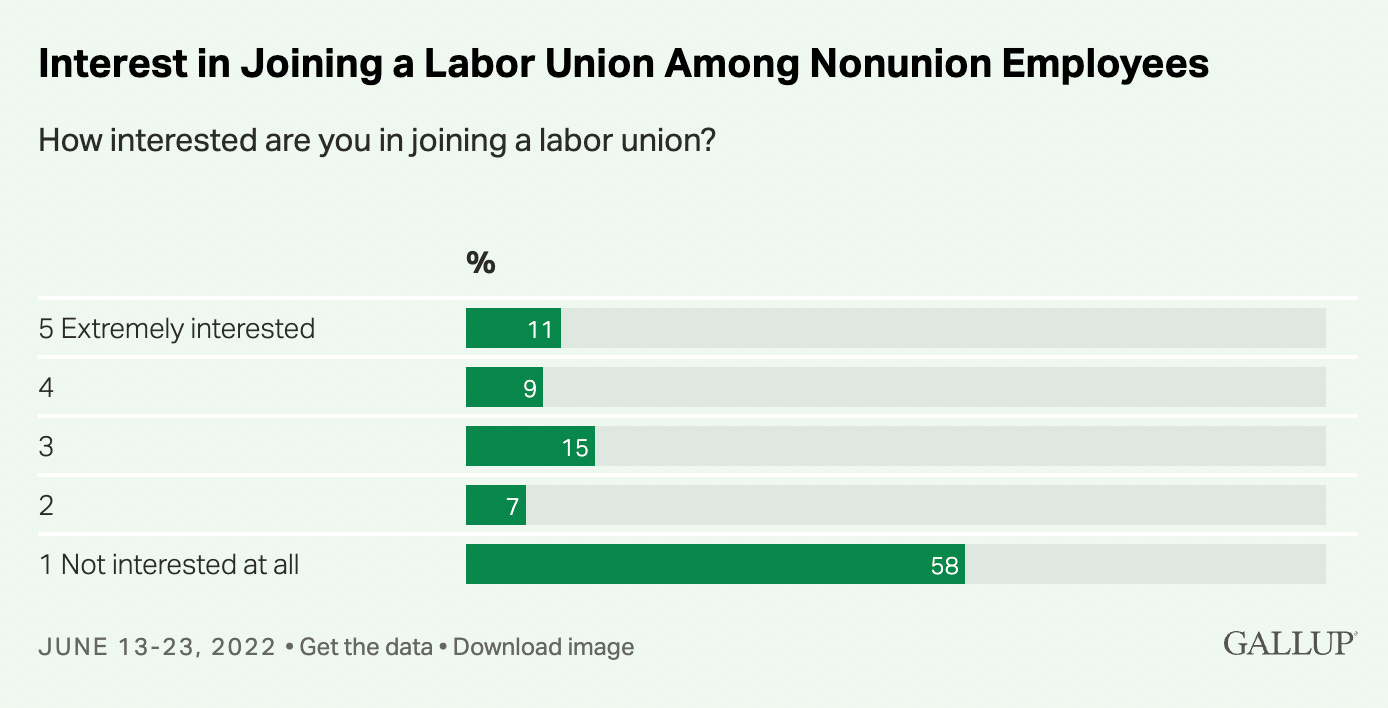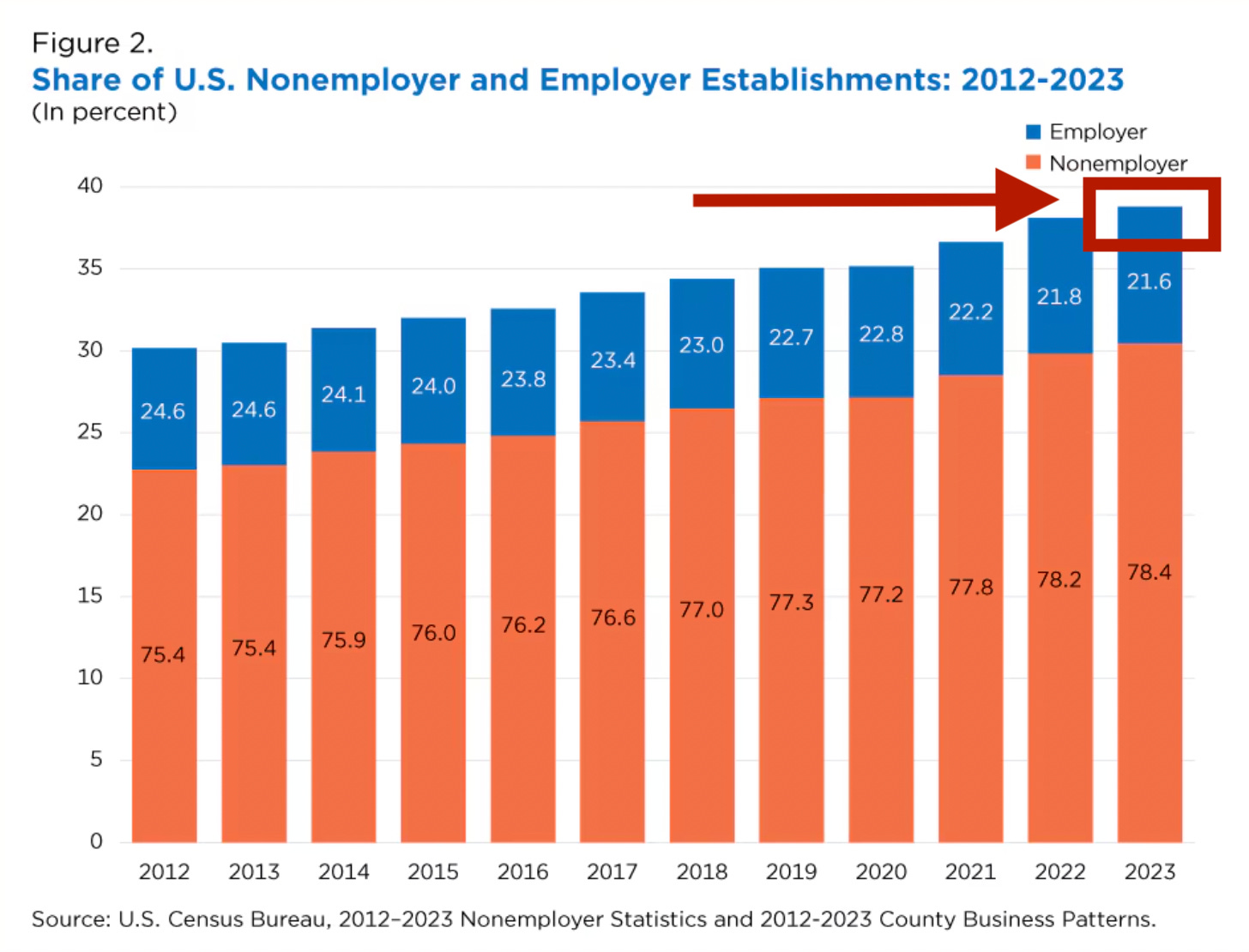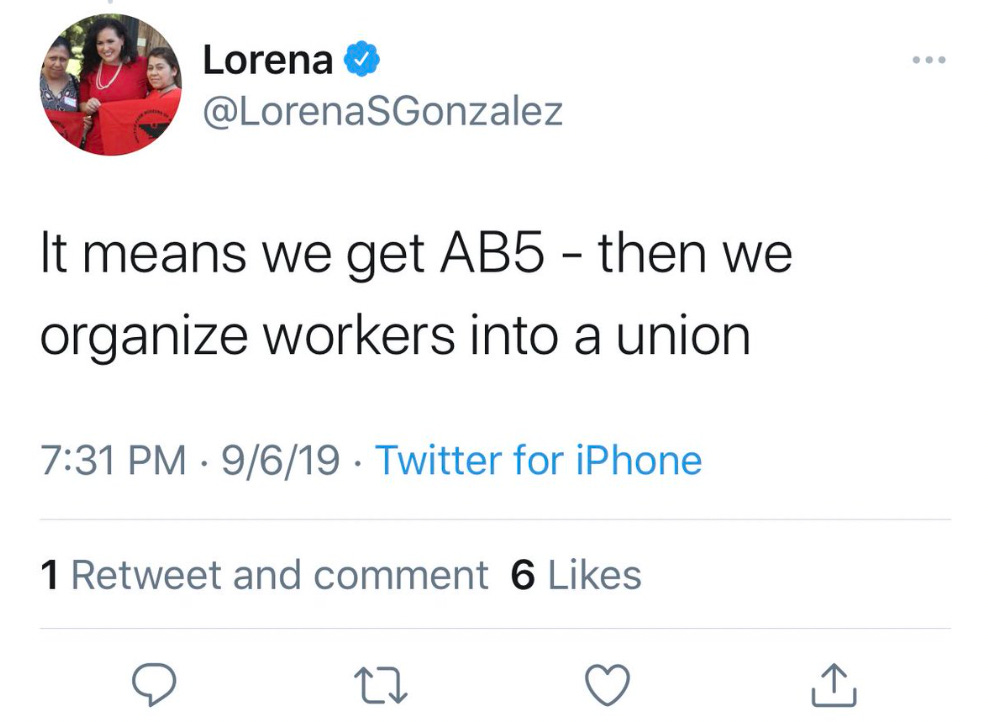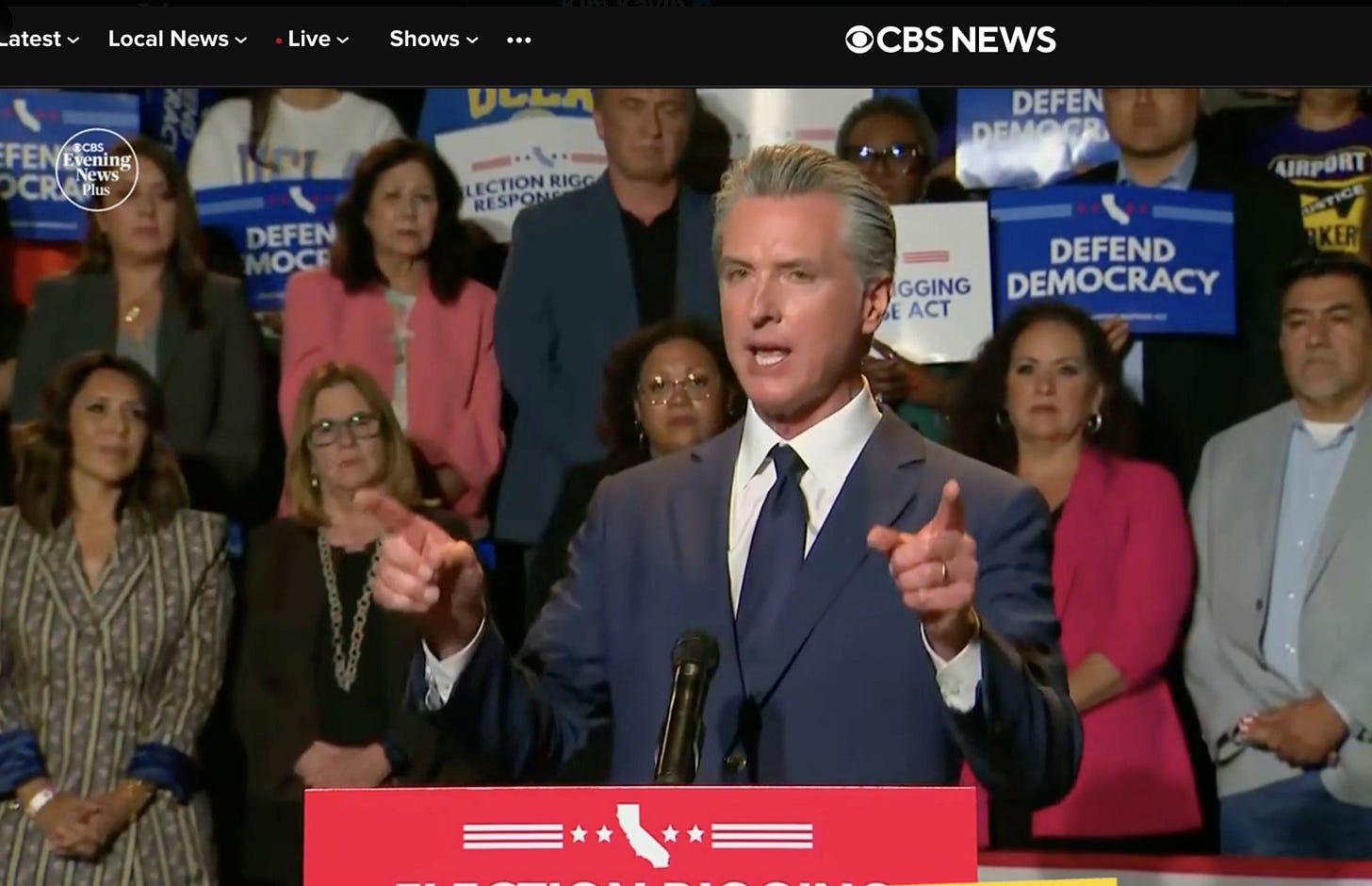True Colors
To understand why New Jersey's Phil Murphy dodged my question, look at California’s Gavin Newsom (and the woman behind him).
Last week, during its “Ask Governor Murphy” show, News12 New Jersey posed a question that I asked on X. My question was why, in the face of such widespread and bipartisan opposition, Governor Phil Murphy is refusing to rescind his own administration’s proposed independent-contractor rule.
You can watch Murphy’s full response here. The screen shots below are a sample of what a good number of independent contractors thought of his reply:
Murphy also included this particularly notable 11-second snippet in his response:
Public input.
All sides.
That language suggests many factions are competing to have their voices heard about New Jersey’s proposed independent-contractor rule.
But in reality, that’s not what’s happening.
There is one very simple reason that Murphy dodged my question.
If Murphy were to give an honest response, then his future political career—especially a 2028 run for president of the United States in a Democratic Party primary that includes California Governor Gavin Newsom—would become nonexistent.
The Orange and the Blue
To understand what’s happening right now with this proposed independent-contractor rule at the New Jersey Department of Labor & Workforce Development—and why it’s so important to Governor Murphy’s future political ambitions—you have to understand two other things:
a new U.S. Census chart
a California law called Assembly Bill 5
Let’s start with that U.S. Census chart. It was released on July 30 as part of a report about how—every single year from 1997 to 2023, except during the financial crisis in 2008—the United States saw an increase in nonemployer firms.
That term, nonemployer firms, is government lingo for businesses with zero employees. The smallest of small businesses. Self-employed individuals. Independent contractors.
The U.S. Census chart begins at the year 2012. It shows companies with employees as the blue part, and independent contractors in the orange part:
Now, most Americans have zero problem with the orange part of this chart being that size. According to Gallup, about two-thirds of adults would prefer to be their own boss. A lot of Americans dream of joining the orange part of that chart.
And among those of us who are already independent contractors, fewer than 1 in 10 tell the U.S. Bureau of Labor Statistics that they’d prefer to be an employee. More than 90% of self-employed people are quite content being in the orange part of that chart.
But there is one group of people that has a serious problem with the size of the orange part of that chart: union organizers.
They’re upset because union membership is at an all-time low, and because by law, they are only allowed to organize employees. The law says that union organizers have to leave independent contractors alone. If they want new union members, they have to find them in the blue part of that chart.
And these union organizers also know, because of Gallup research, that while about 70% of Americans approve of labor unions, only about 20% of nonunion employees—people who are currently eligible to join unions—say they actually wish to do so:
If you put all this research together, you realize the current pool of Americans who are actually open to a sales pitch from union organizers really looks more like this:
That’s why certain union organizers have decided to use their political muscle—which powers an awful lot of Democratic Party campaigns—to try and change our nation’s laws. They want to go fishing for new members in the orange part of that chart.
These union organizers, and the lawmakers they helped get elected, are trying to secure their own futures by threatening the livelihoods of independent contractors.
The Red Pill
Don’t take my word for it. Listen to the woman who started this whole wave of freelance busting out in California a half dozen years ago.
Her name is Lorena Gonzalez. Currently, she is president of the California Federation of Labor Unions, AFL-CIO. But back in 2019, she was a California assemblywoman. She sponsored Assembly Bill 5, a law that weaponized regulatory language to reclassify huge swaths of independent contractors as employees.
AB5 made a lot of independent contractors’ existing business relationships illegal overnight. Incomes and careers collapsed like a light switch being turned off on self-employed people’s lives.
Gonzalez believed this change would force those people—as many as a million of them, according to the California Legislative Analyst’s office—to seek traditional, unionizable jobs:
Note the date of her tweet: September 6, 2019. Just days later, on September 18, 2019, California Governor Gavin Newsom signed AB5 into law. His signing statement specified creating pathways for more workers to form a union.
Less than two months after that, New Jersey state Senate President Steve Sweeney—a top-ranking graduate of the New Jersey AFL-CIO’s Labor Candidates School—introduced an AB5 copycat bill. Sweeney’s fellow AFL-CIO school graduates—New Jersey Assemblymen Wayne DeAngelo, Joseph Egan and Thomas Giblin—were the primary sponsors on the Assembly version.
The unionists’ state-by-state attack on independent contractors was rolling right along until chaos began to unfold for self-employed people all across California. New Jersey independent contractors like me got wind of it almost immediately. Californians were sounding the alarm on social media and within our nationwide professional organizations that they were suddenly losing their clients, incomes and careers.
My fellow freelancers and I didn’t want that to happen to us in New Jersey, so we wrote a ton of op-eds, flooded lawmakers’ phones, and packed our State House in Trenton for a public hearing in December 2019. That public hearing was six hours long. Our testimony against the AB5 copycat bill consumed more than four hours of it.
On January 8, 2020, New Jersey press outlets reported that Sweeney had backed down. New Jersey’s AB5 copycat bill would not advance any further.
But just one day later, on January 9, 2020, news broke that union leaders were pressuring U.S. House of Representatives Speaker Nancy Pelosi to allow a vote on a bill called the Protecting the Right to Organize Act. Dozens of members of Congress, including Donald Norcross—a high school friend of Sweeney’s and a fellow New Jersey AFL-CIO school graduate—signed a letter to Pelosi stating that because a majority of Americans approve of labor unions, Congress should pass the PRO Act with a focus on, among other things, independent contractors.
That letter omitted all the other relevant data, about most eligible employees not actually wanting to join unions, and about most independent contractors not wanting to be employees.
It also failed to note that the regulatory language in the PRO Act is based on California’s freelance-busting AB5 law, which was already hurting independent contractors in that state, and which New Jersey legislators had just rightly refused to copy in the face of massive public opposition.
Ever since then, independent contractors nationwide have been fighting to stop this freelance-busting madness at the federal level too, with a lot of help from people like Congressman Kevin Kiley, a Republican from California who has been leading the charge on our behalf in Washington, D.C.
The fact that Republicans now control Congress and the White House means the freelance-busting brigade can’t currently attack independent contractors at the federal level. So, they’ve retreated to New Jersey for one more try here, this time by way of Governor Murphy’s Labor Department and its proposed independent-contractor rule—whose only supporters at a public hearing this past June were either employed by unions, or affiliated with organizations that have strong union ties.
People who testified in favor of the proposed rule include Eric Richard, legislative director for the New Jersey AFL-CIO. Just like Gonzalez out in California, Richard has been a leading voice in spinning the false narrative since 2019 that freelance busting doesn’t hurt independent contractors at all.
The Hot Pink Part
Now, here in New Jersey, there has been a lot of speculation that Governor Murphy intends to run for president of the United States in 2028. Also on the list of Democratic Party hopefuls for that election cycle is California’s Governor Newsom.
Both these men know that if they want a shot at winning the highest office in the land, they’ll need support from the unions, and in particular from the AFL-CIO.
And folks at the AFL-CIO know it, too. They’re not only continuing to demand this freelance-busting push, but they’re also trying to come up with ways to get rid of guys like Congressman Kiley who are protecting independent contractors from this insanity.
The strategy in the freelance-busting camp now includes Newsom’s redistricting plan in California. It would change Kiley’s district of voters, making it harder for him to win re-election. A podcast that did a deep dive into the redistricting plan said the swing in Kiley’s district would be from Trump +4 to Harris +10. I’ve seen other figures, but the gist of the swing remains the same.
Who enthusiastically supports this redistricting plan in California?
Look at the front row of this screen shot from CBS News, on the right, just behind Newsom in the hot pink jacket:
That’s Lorena Gonzalez, a living, breathing personification of the AFL-CIO’s future campaign support for a U.S. presidential candidate.
The Color of Money
Governor Murphy said on News12 New Jersey, “We’re taking input, basically public input, on all sides of this.” But the reality is that there are not all sides in the debate about New Jersey’s proposed independent-contractor rule, any more than there were all sides before AB5 became law and smashed independent contractors across California.
There are politically powerful union organizers like Lorena Gonzalez and Eric Richard of the AFL-CIO, and there are all the rest of the millions of us they hope to turn into dues-paying union members.
That’s why Governor Murphy dodged my question on News12 last week, about why he’s refusing to rescind his own administration’s deeply misguided independent-contractor proposal. Like Newsom, if Murphy answered honestly, he’d have to acknowledge that he knows his plan will hurt a lot of New Jersey’s independent contractors. Just like freelance busting hurt California’s independent contractors. And just like it would hurt America’s tens of tens of millions of independent contractors if these guys ever get into the White House and sign the PRO Act into law with the backing of the AFL-CIO.
The cold, hard truth is that freelance busting is not intended to make our lives better.
It’s intended to boost theirs.


